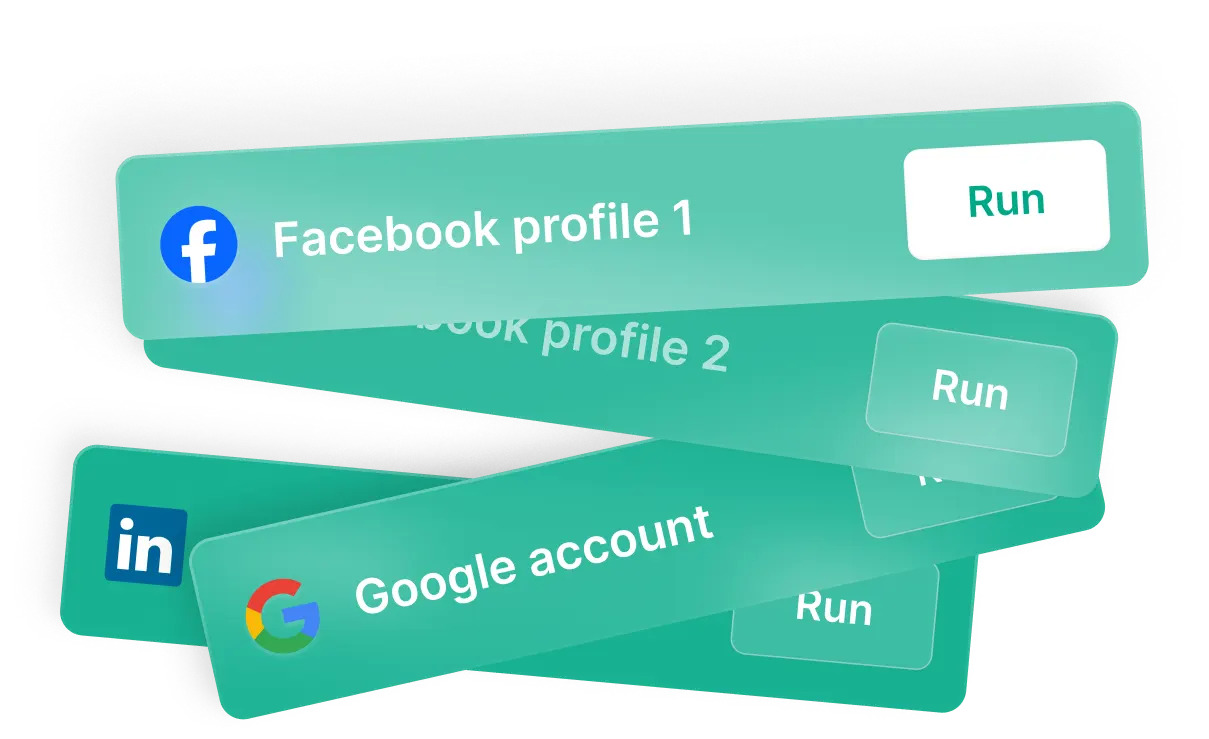A crawler, also known as web crawler, scraper, spider or spiderbot, is an internet bot that systematically browses the web pages. It’s typically operated by search engines for the purpose of Web indexing (web spidering). The process involves crawling websites and scanning them to create a copy of all visited pages for later processing by a search engine, which indexes the downloaded pages to provide fast searches.
Crawlers can also be used for automating maintenance tasks on a website, such as checking links or validating HTML code.
Crawler Examples
- Googlebot: Used by Google to discover new and updated pages to be added to the Google index.
- Bingbot: Microsoft’s web crawling bot, used to create the Bing search engine index.
- Slurp Bot: Yahoo’s web crawler that collects information about websites.
- Baiduspider: A Chinese search engine Baidu uses this crawler.
Use Cases for Web Crawlers
- Search Engines: To index web content and improve search results.
- SEO Monitoring Tools: To analyze website performance and optimization opportunities.
- Data Mining/Scraping Tools: To gather specific types of data from multiple sites for research or competitive analysis.
Main Challenges for Web Crawlers
- Ethical Policy Adherence – Following rules set in a site’s robots.txt file which may limit crawling behavior
- Dynamic Content – Difficulty in handling JavaScript or AJAX-based content
- Scalability – Managing large volumes of data while maintaining speed
- Duplicate Detection – Identifying and ignoring duplicate content
- Legal Issues – Some sites prohibit scraping in their terms of service, leading to potential legal issues if ignored
- Bypassing Anti-Bot Protection – Many modern websites are hosted on safe servers which apply strong anti-bot protection against automated behavior.
Examples Of Websites With Anti-Bot Crawler Protection
Many websites apply anti-bot protection to prevent scraping, spamming, and other malicious activities. Here are a few examples:
- Google: It uses CAPTCHA systems and can block IP addresses that it suspects of bot-like activity.
- Facebook: It has robust security measures in place to detect and block automated behavior.
- LinkedIn: Known for its strong stance against bots, it has sued scrapers in the past.
- Ticketmaster: They use CAPTCHAs to prevent bots from buying up tickets en masse for resale.
- Amazon: Uses sophisticated bot detection techniques to protect product listings and reviews.
These sites typically use a combination of methods such as rate limiting (restricting the number requests a user or IP address can make within a certain timeframe), requiring user login, implementing CAPTCHAs, or using more advanced tools like Distil Networks or Cloudflare for bot management solutions which include fingerprinting techniques to identify non-human behavior patterns etc.,
